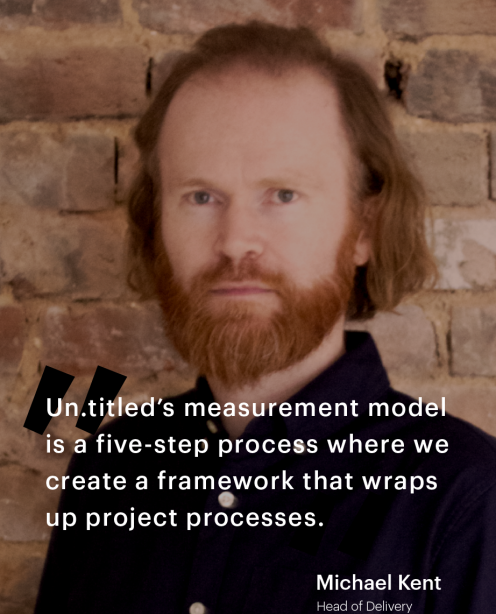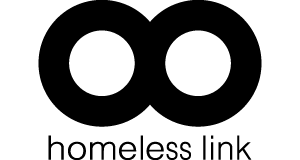Step 1 – Defining Digital Objectives
“We start by defining digital objectives with the client,” Michael explains. “Typical objectives might be around acquiring more traffic, generating more revenue from online channels, or driving more footfall to venues. This can be a tricky stage, as getting stakeholders to agree on key objectives isn’t always straightforward.”
Step 2 – Identifying Goals
Once key objectives are defined, the project team then outlines the strategies that will deliver them. We refer to these as goals.
“Specific goals that contribute to the overall objectives might be developing keyword strategy to acquire online traffic, or providing programme discovery tools to encourage event attendance,” says Michael. “Our job here is to pin down the strategies that can help turn these objectives into a reality. As an example, if we were working with a charity, we may look to promote giving on social media more effectively.”
Step 3 – Pinning Down KPIs
The next stage focuses on defining key performance indicators. These are better known as KPIs.
“This is where we look for measures of whether things are going well or not,” Michael says. “We want to see number of returning visitors, and track things like sales, conversion rates and any other metrics aligned with the objectives we’ve set out.”
Step 4 – Setting Targets
“We then set the target for those KPIs and build a dashboard that represents targets and KPIs. This features all the information required to chart growth accurately and effectively.”
Step 5 – Using Segmentation and Charting Metrics
One of the most interesting things about this process is the segmentation capabilities.
“Take something like shop sales for example. Which traffic source has the best conversion rate? Is it organic search? PPC campaigns with Google Adwords? Segmentation is where you pick apart your measurements to see what works and what doesn’t,” Michael explains. “This is where you can identify what you can learn from user behaviour and adapt accordingly. Everything from which inbound marketing is performing best to who your most valuable customers are.”
Un.titled’s measurement model is all about gaining insights that then help inform ongoing development.
“By charting metrics, it’s easier to pin down where improvements can be made and where opportunities lie,” Michael concludes. “This then helps inform online offers for companies, and how they use tools like Adwords, or their website functionality. Whatever is identified, you can then make changes to help drive return on investment as you have a better understanding of what works and what doesn’t.”

Measuring Success
Un.titled has worked with London Sinfonietta, a world-class contemporary chamber orchestra, to create a redesigned, dynamic website. Using our measurement model to identify key aims and chart results once the new site went live, we saw a 42% increase in visitors to the website, an increase in people interested in attending a concert, and the first ever donation to the organisation via the site.


We also worked with Homeless Link, a UK charity, to enhance their website aesthetically, make it mobile responsive, and increase ease of use for site visitors. Again, by identifying key aims and using our measurement model, we helped bring about a 40% increase in traffic, a 145% increase in mobile traffic, and a 300% increase in referrals.
To find out more about how our digital agency can support growth for your business, say hello to the Un.titled team.





